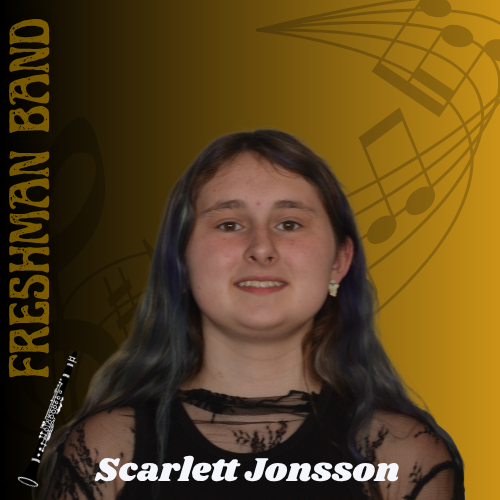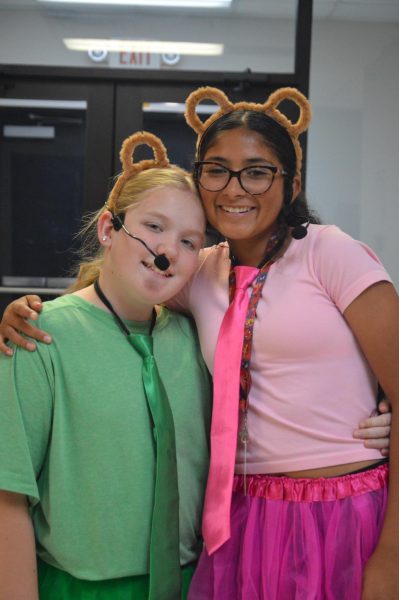Come and See – film review
Before we begin, I would like to make abundantly clear that this is NOT a movie that should be watched by children. Come and See is an incredibly powerful war film, and would definitely be upsetting to young kids. The reason I have decided to write about it anyway is because I think Come and See is one of the most important films ever made. It shows a side of World War II that most people are completely oblivious to, which is the horrors of the German occupation of Belarus. Despite this film’s importance, it should not be viewed by kids, or people who are sensitive to graphic content in movies.
Come and See is an incredible, devastating, compelling, and thought provoking experience that is widely regarded as one of the best films of all time. Its power and impact comes from the themes of the film and what it explores and depicts, along with the technical aspects through which the messages are conveyed.
One theme explored in the film is human nature and its limits. When given a position of power, how far can someone go without any sense of remorse or shame? Over the course of the film, particularly towards the end, we see what people are capable of doing with seemingly no regrets of any kind, and we think of these people as monsters. What the film has on full display that is so troubling however is the fact that these “monsters” are human beings just as we are. This theme and similar themes have been well presented throughout history in various works, such as Lord of the Flies by Sir William Golding. In my opinion, Come and See is the best example of this ideal being made to feel realistic and honest, which can be very unsettling to see as a viewer.
Another theme seen in the film is the loss of innocence in war. We see our main character Florya start out as a young, healthy boy (presumably 13 or 14) who dreams of glory and adventure by way of joining the Soviet resistance. But by the end of the film, his hair has turned completely gray and he has wrinkles on his face resembling a much older man, presumably from the trauma and mental strain that comes from what he has witnessed throughout the film. Instead of the honor and heroism Florya imagined, he only finds pain and unimaginable cruelty as he travels through the countryside. After a series of explosions, Florya also begins to go deaf, and he is unable to hear anything by the end of the film. Seeing the change in Florya is very emotional and even haunting, which is brought to life by the tremendous acting by a young Alexei Kravchenko. Despite Kravchenko’s age at the time, the performance he delivers is truly tragic and intense.
Alexei Kravchenko isn’t the only actor in the film to present an amazing performance. Olga Mironova plays Glasha, a young girl that Florya meets and befriends in the woods. Her performance is just as startling and provocative as Kravchenko’s, and the two of them together make for a vibrant and memorable pair. They are soon separated however as Florya goes on a mission with a small team of rebels to find food, which sets off the rest of the movie. Most of the other characters in the film are played by extras and non-professional actors, which is surprising because of how realistic their performances are.
Along with the acting, another aspect that adds to the sheer power of the film is the editing (done by Valeriya Belova), and more specifically the transitions from one scene to another. The way the film is presented makes it feel very dreamlike, or nightmare-like rather. There seems to be no blatant sense of time passing, and we never see the sun rise or set. The whole film seems to be one excruciatingly long, dreadful day that neither we nor the characters in the film have any control over. Florya walks from one place to the next, stumbling on bizarre situations and encounters that seem to be completely random. However, Come and See is a highly symbolic film, and many things have a deeper meaning. The filmmakers realized that simply explaining what everything means would ruin the awe of the movie, so they do nothing to make the explanations easy to find. The ending for example is magnificent and highly symbolic, but I of course won’t give it away here.
Yet another aspect of Come and See that makes it even more brilliant is the sound design by Viktor Mors. The original score of the film was created by Oleg Yanchenko, and it is excellent on its own. What the film does that is not only creative and masterful but also adds to the horror and atmosphere is the mixing of sound. Especially towards the end of the film, three primary sounds are mostly heard all at once: sound effects for the scenes unfolding simultaneously, segments of classical music (including pieces by such notary composers as Wagner and Mozart), and deep, hollow, droning sounds to represent the deafness of our lead character. One perfect example of this mixing is the scene in which Florya and Glasha must traverse a seemingly unending pool of thick mud to get to a land mass on the other side. This gorgeous blend is perfectly done and could even be frightening to the viewer. Occasionally, scenes are bookended with a shot of a plane flying overhead against an otherwise empty, blank sky. The sound of this plane is completely isolated, and the sound itself has a strange tone to it, which makes it unreasonably terrifying. After a scene showing multiple explosions, all we hear for a moment is a high-pitched ringing noise, representing Florya’s loss of hearing. From this scene on, a pivotal plot point is that Florya’s hearing is deteriorating rapidly, and this is conveyed by decreasing the actual sound quality more and more as the film progresses. The snippets of classical pieces mixed with the continuous, seemingly endless ringings and white noise makes for a truly unnerving experience.
The final breathtaking aspect to mention in Come and See is the cinematography (and more specifically the camera work) by Aleksei Rodionov. Part of what makes Come and See so chilling and even uncomfortable is not only the subject matter depicted physically in the film, but the way said things are presented. Most modern films use an over-the-shoulder technique when shooting conversations between two or more people. Come and See utilizes long, unmoving shots and close-ups to make it seem almost as if the characters are addressing the viewer directly, submerging them further into the film. Many shots show simply Florya’s face in the center of the frame, specifically his reactions to what he sees and the change of his face by the end of the film. Most scenes use uncut shots performed by a steadicam, some even going on for minutes at a time. This technique adds more to the sense of unease to the already daunting film.
The sound design, editing, and camera work all blend together to seamlessly show the viewer what is happening from Florya’s perspective, while also showing him on the journey through said situations and places. The constant shift in perspective can be hard to notice at times, but it makes the scenes even more terrifying when you realize whose perspective you are watching from.
So is Come and See a fictional story set during the war, or is it all true? The character of Florya is a fictional person, but the things that happen around him in the film are all true. The script was loosely based on the book Out of the Fire, which consists of first-hand accounts of the Nazi’s reign of terror in Belarus. Along with that, at the end of the film, a title card appears on screen, which translates to “628 villages in Belarus were burnt to the ground with all their inhabitants.”
On the subject of realism in the film, many people do not know that real, live ammunition was used on set. Several types of blanks and fake ammunition were tested, but none of them looked good enough according to the director, Elem Klimov.
Another interesting fact about the movie is that the title comes from the book of Revelations in the Bible, specifically from Revelations 6:7, which reads “And when he had opened the fourth seal, I heard the voice of the fourth beast say come and see.” This was not the original title of the film, but rather a substitute due to disapproving producers. The original title ties extremely well into the symbolic ending of the film, but Come and See is a mysterious and thought-provoking title, which could easily catch the curiosity of a moviegoer.
So what do critics think of Come and See? Here are a few things people had to say about the film:
“One of the greatest war films ever made.” -J. G. Ballard
“A hallucinatory netherworld.” -Rita Kempley, The Washington Post
“A visceral freefall into barbarism…” -L.A. Times
“A boldly poetic depiction of war.” -The A.V. Club
“Probably the most important film ever made about war.” -Pietro Marcello
“Without a shadow of a doubt the most terrifying movie ever made.” -filmhounds.co.uk
Famed film critic Roger Ebert, who is notoriously famous for “hating” movies that are otherwise named as some of the best, considered Come and See to be one of the greatest films of all time, and had many positive things to say about its importance and technical aspects. Once every 10 years, the Sight and Sound magazine compiles a list of the top 1,000 best films of all time, according to filmmakers all over the world. In 2022, Come and See was ranked #84. It is also the #1 highest rated film on the popular website Letterboxd. Needless to say, this film is widely praised and acclaimed by both critics and audiences alike.
In conclusion, Come and See is easily one of the best, and most important films of all time. All of the technical elements of the film are top-notch, and they work beautifully together to tell a magnificent, compelling, and gut-wrenching tale of great importance. It shows a side of World War II that many people are unaware of, and simultaneously delivers a bold cinematic experience unlike any other.
Over the past month or so, I have had the pleasure of viewing the film 3 or 4 times due to its American blu-ray release through the Criterion Collection. While Come and See is certainly not my personal favorite film, I can say with full confidence that it is the single greatest film ever made.
Your donation will support the student journalists of Itasca High School. Your contribution will allow us to purchase equipment, cover our annual website hosting costs, and provide scholarships to our senior staff members!






















